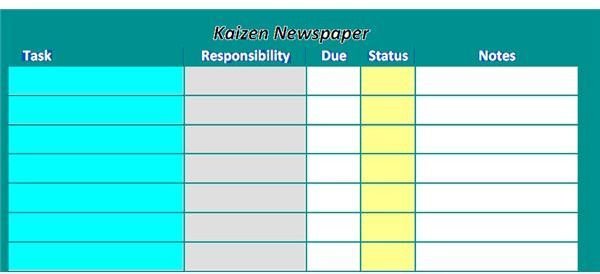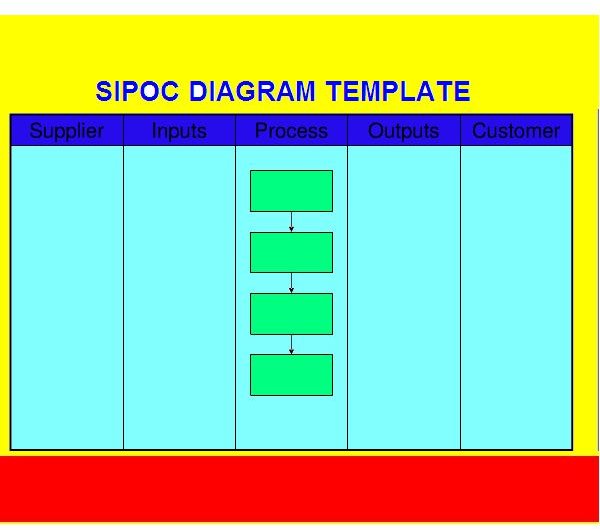Seven Best Kaizen Tools
One way to guarantee that the team’s time and the resources are put to optimum use is to use the right Kaizen tools for all Kaizen events. It is indeed challenging to pick up the right set of tools for Kaizen events, but once this challenge is overcome the team’s efficiency and productivity is sure to skyrocket. To help you pick up the right tools we’ve created a short list of the best Kaizen tools.
Value Stream Mapping
Value stream mapping is an analytical Kaizen tool that helps in observing and understanding the core structure of product flow. The analysis involves studying the flow of materials and information, in addition to looking at the process flow for both value-adding as well as non-value-adding activities. This mapping technique proves useful identifying wastage, problems and areas for improvement.
SIPOC
SIPOC is another mapping tool used for analyzing Kaizen events in terms of Suppliers, Inputs, Process, Output and Customers. This cross-functional analysis helps in diagnosing work-flow problems which can be used for improving work procedures, eliminating zero-value activities and optimizing the process cycle time. In addition it helps in clearly defining the
relationship between the above mentioned 5 components of the process.
Fishbone Diagram
When stuck in a problem, a fishbone diagram is the best Kaizen tool to use. This tool focuses on analysis by identifying the possible reasons that lead to the problem and dissecting the problem into manageable parts. Each of the reasons is further examined to find at least five contributing factors for that reason. The end result is an extensive list of possible causes, and this comprehensive picture makes it easier to tackle and eliminate the problem altogether. Since, it’s a very detailed analysis it should be used for key problems only.
Pareto Analysis
Pareto analysis or what is commonly referred to as 80/20 rule is a technique used to identify high priority problems which must be tackled first. This tool proposes that tackling only the key 20% causes that account for 80% of the problems will cause most of the problems related to the Kaizen event getting resolved on their own. Pareto chart or diagram is a pictorial representation of the Pareto analysis and one quick glance at it will tell you exactly which all problems need to addresses on a priority basis. This is one of the best problem-solving Kaizen tools.
5S
It’s a Japanese tool that focuses on five aspects – finishing, rectification, cleaning, clean and cultivation. It’s one of the popular quality management tools used for addressing quality concerns pertaining to Kaizen events. Besides ensuring total quality management, this Kaizen tool also guarantees cost reduction, timely delivery, safety and standardization.
Target Progress Report
This is a fairly simple tool to use, it is used to track the progress on a daily basis and analyze it with respect to the targets. At the end of every work day it records how close the progress of the work is, to the target.
Kaizen Newspaper
A Kaizen newspaper is a document that speaks about the accomplishments till date. It contains a detailed account of what the objective is, what are the problems, who are responsible for solving the problems, the due dates and in what phase the Kaizen

events currently are. In short, this Kaizen tool gives you a quick snapshot of what the current progress is.
Managing Kaizen events becomes more organized and easier when you use some of these above mentioned Kaizen tools. This list is not absolute, and there are dozens of other tools from which you can pick and choose the right ones as per the specific requirements of your project. Nonetheless, using these seven tools only will make a significant difference to your overall performance.
Images by: Sidharth Thakur
